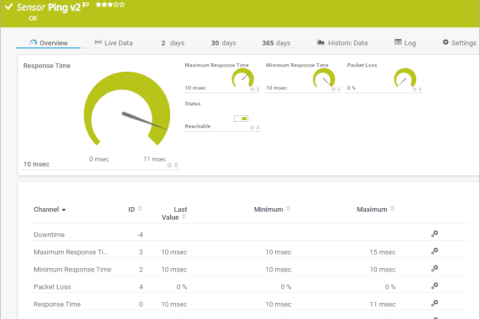Die B-Serie befasst sich mit der Bedeutung von Ausdrücken, Definitionen, Symbolen und Klassifikationen. Allerdings hat diese Serie nur noch historischen Wert, da alle ihre Spezifikationen inzwischen zurückgezogen worden sind.
B.1
[Withdrawn] Letter symbols for telecommunications
B.3
[Withdrawn] Use of the international system of units (SI)
B.10
[Withdrawn] Graphical symbols and rules for the preparation of documentation in telecommunications
B.11
[Withdrawn] Legal time - use of the term UTC
Deleted on 2004-03-01, since UTC time scale is defined and recommended by the ITU-R and maintained by the Bureau International des Poids et Mesures (BIPM), and is thus outside the scope of ITU-T
B.12
[Withdrawn] Use of the decibel and the neper in telecommunications
Deleted since its content is covered by ITU-T Rec. G.100.1
B.13
[Withdrawn] Terms and definitions
Deleted after its content became technically out of date
B.14
[Withdrawn] Terms and symbols for information quantities in telecommunications
Deleted after its content became technically out of date
B.15
[Withdrawn] Nomenclature of the frequency and wavelength bands used in telecommunications
B.16
[Withdrawn] Use of certain terms linked with physical quantities
B.17
[Withdrawn] Adoption of the CCITT Specification and description Language (SDL)
ITU-T B.17 was deleted as its content is adequately covered by Rec. Z.110
B.18
[Withdrawn] Traffic intensity unit
Deleted because its content is already covered by ITU-T E.600
B.19
[Withdrawn] Abbreviations and initials used in telecommunications


